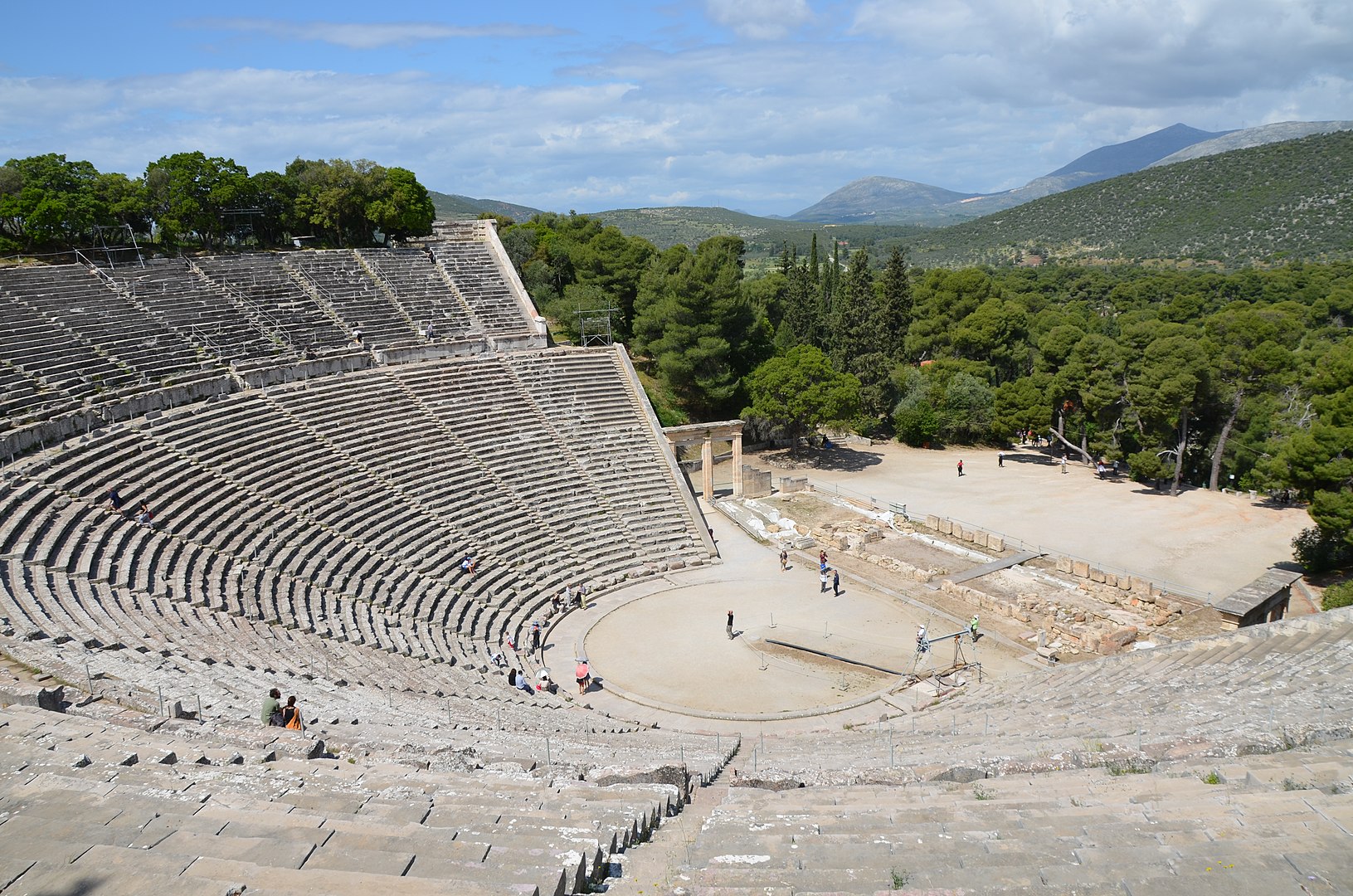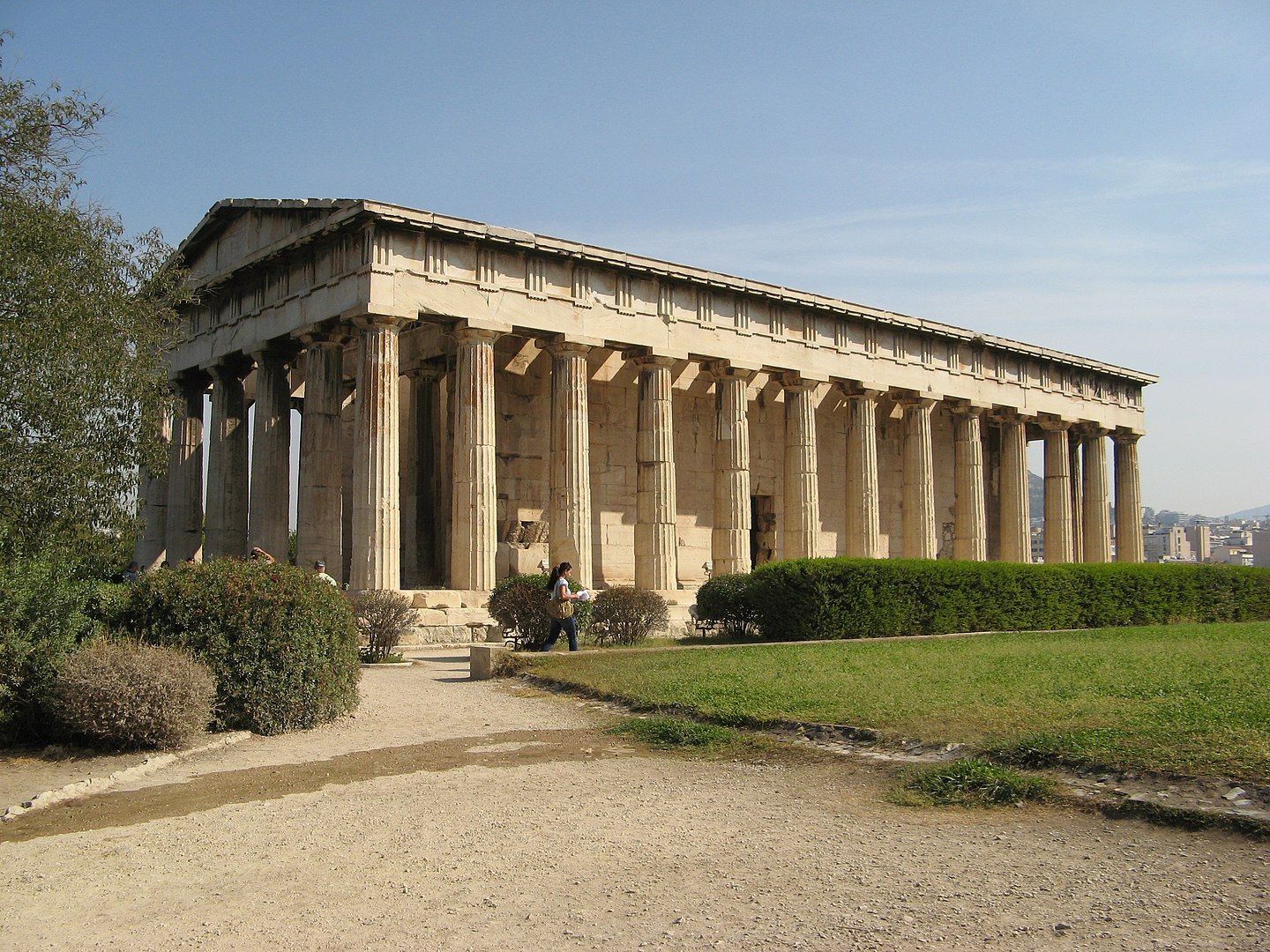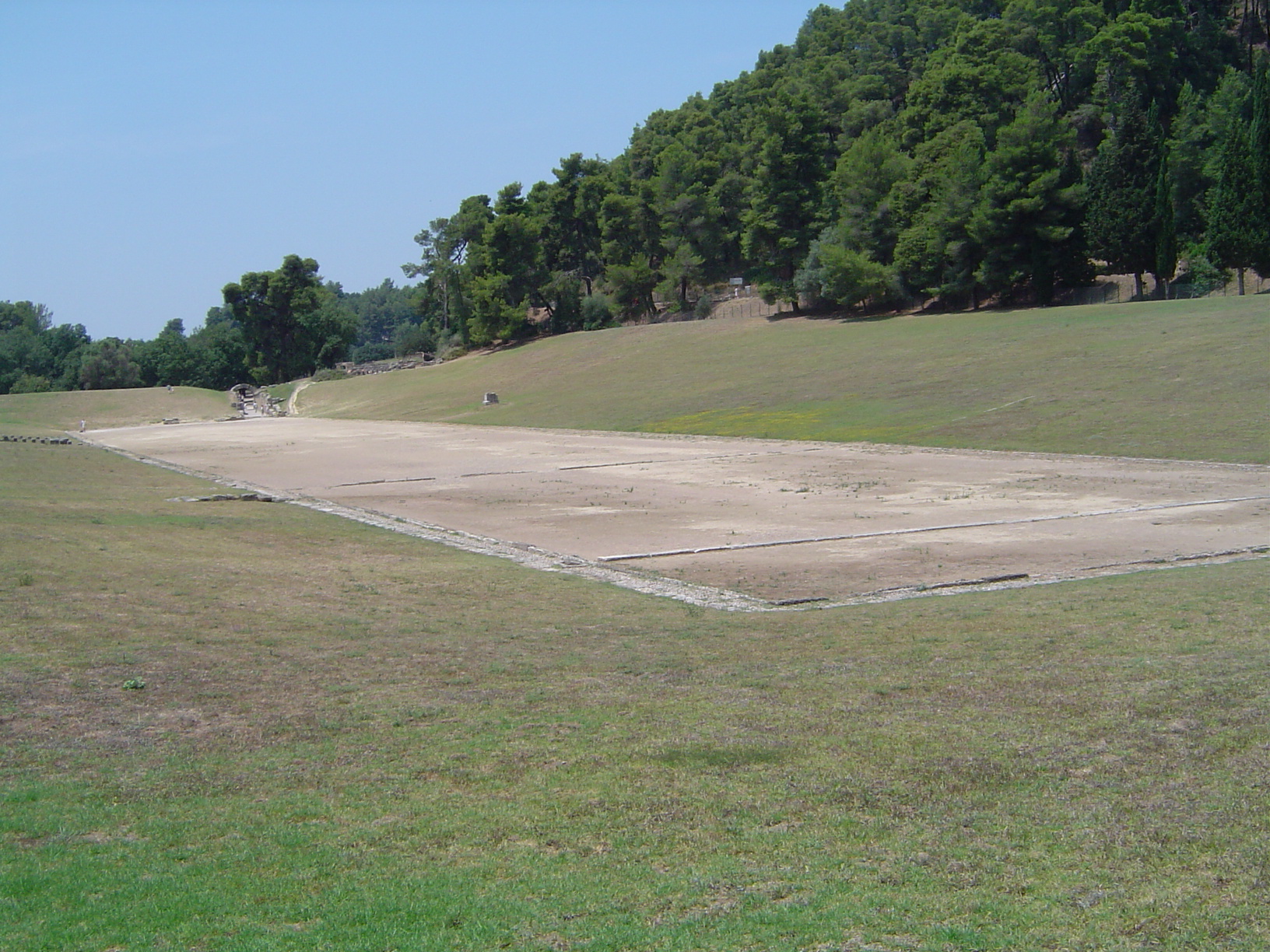The Wonders Of Ancient Greek Architecture
Architecture is one of the most crucial components of human civilization, reflecting the values, beliefs, and ideas of a society. Among the many architectural marvels that have stood the test of time, Ancient Greek architectureis undoubtedly among the most revered and celebrated in history.
From the towering columns of the Parthenon to the intricate details of the Temple of Olympian Zeus, the Greeks' architectural achievements continue to inspire awe and admiration in modern times. In this article, we'll delve into the world of Ancient Greek architecture, exploring its origins, features, and impact on modern-day architecture.
A Brief History Of Ancient Greek Architecture
Ancient Greek architecture emerged during the Archaic period (8th - 6th centuries BCE) and continued through the Classical (5th - 4th centuries BCE) and Hellenistic (4th - 1st centuries BCE) periods. During this time, Greek architecture flourished, with architects and builders creating some of the most impressive structures in the world.
One of the key features of Ancient Greek architecture was its emphasis on balance, symmetry, and harmony. This was evident in the use of the Golden Ratio, a mathematical proportion that created a sense of balance and harmony in the design of structures.
If you're interested in learning more about Ancient Greek architecture, Commercial Architecture Magazine is a great place to start. The magazine features articles and interviews with architects and designers who draw inspiration from the principles of Ancient Greek architecture, as well as in-depth coverage of notable historical buildings and structures. But for more keep reading of our article.
Key Features Of Ancient Greek Architecture
Column Design
The column was a fundamental feature of Ancient Greek architecture, with the Greeks creating three distinct orders - Doric, Ionic, and Corinthian.
The Doric order was the simplest, featuring columns with plain, circular capitals, while the Ionic order was more ornate, with columns featuring spiral volutes at the top. The Corinthian order was the most elaborate, featuring columns with intricate acanthus leaves at the top.
Pediments
Pediments were another distinctive feature of Ancient Greek architecture, with architects using them to create a sense of grandeur and majesty in their designs. Pediments were triangular sections placed above the entrance of a building, and they were often adorned with intricate carvings and sculptures.
Entablature
The entablature was another critical feature of Ancient Greek architecture, serving as a horizontal element that rested on top of the columns. The entablature was composed of three parts: the architrave, the frieze, and the cornice.
The architrave was the lowest part, featuring a series of horizontal lines, while the frieze was the middle section, featuring intricate carvings and sculptures. The cornice was the top section, featuring a horizontal molding that projected outwards.
Examples Of Ancient Greek Architecture
The Parthenon
The Parthenon is perhaps the most iconic example of Ancient Greek architecture, located atop the Acropolis in Athens.
Built in the 5th century BCE, the Parthenon was dedicated to the goddess Athena and served as a temple for worship. The temple features Doric columns and intricate pediments, with the east pediment depicting the birth of Athena.
The Temple Of Olympian Zeus
The Temple of Olympian Zeus is another impressive example of Ancient Greek architecture, located in Athens. Built in the 6th century BCE, the temple features Corinthian columns and a massive pediment adorned with sculptures.
Although the temple was never completed, it remains one of the most remarkable examples of Ancient Greek architecture.
Theater Of Epidaurus
The Theater of Epidaurus is a spectacular example of Ancient Greek theater architecture, located in the Peloponnese region of Greece. Built in the 4th century BCE, the theater features stunning acoustics, with performers able to project their voices to the farthest seats in the theater without the need for microphones.
be overstated. Architects and designers continue to draw inspiration from the principles of Ancient Greek architecture, incorporating them into modern structures.
For instance, the use of columns, pediments, and entablatures is still prevalent in modern-day buildings, with many architects incorporating these features into their designs.
Additionally, the emphasis on balance, symmetry, and harmony in Ancient Greek architecture has influenced modern-day design principles.
Moreover, the mathematical principles used by the Ancient Greeks, such as the Golden Ratio, continue to be used in modern architecture. These principles create a sense of balance and harmony in a building's design, making it more visually appealing.
Ancient Greek architecture has also influenced other areas of design, such as interior design and furniture design. Many designers draw inspiration from the simple, yet elegant designs of Ancient Greek furniture, incorporating them into modern pieces.
The Temple Of Hephaestus
The Temple of Hephaestusis an incredibly well-preserved example of Ancient Greek architecture, located in Athens.
Built in the 5th century BCE, the temple was dedicated to the god Hephaestus and features the Doric order of columns. The temple's intricate frieze features scenes from Greek mythology, adding to its grandeur.
Library Of Celsus
The Library of Celsus is a remarkable example of Ancient Greek architecture, located in Ephesus, Turkey. Built in the 2nd century CE, the library features an elaborate facade with two levels of columns - the lower level features the Ionic order, while the upper level features the Corinthian order.
The library's interior was home to thousands of scrolls, making it one of the largest and most impressive libraries of the ancient world.
Stadium At Olympia
The Stadium at Olympia is an impressive example of Ancient Greek architecture, located in Olympia, Greece. Built in the 5th century BCE, the stadium was used for the Olympic Games, with seating for up to 45,000 spectators.
The stadium's layout was designed to optimize the viewing experience for spectators, with the track and field events taking place in the center and the seating arranged in a semi-circular pattern around it. The stadium's design has influenced the layout of modern-day sports stadiums and arenas.
People Also Ask
What Kind Of Architecture Did Ancient Greece Have?
The Doric and the Ionic are the two main styles of architecture in archaic and classical Greece. In the first, the Doric order, the columns are fluted and don't have a base. The capitals are made up of two parts: a flat slab called the abacus and a slab that looks like a cushion called the echinus.
What Were The Main Features Of Ancient Greek Architecture?
Greek architecture is known for its tall columns, intricate details, symmetry, harmony, and balance. The Greeks made many different kinds of buildings. The big temples that the Greeks built for their gods are the best examples of their architecture that we can still see today.
What Are The 3 Styles Of Greek Architecture?
The names Doric, Ionic, and Corinthian, which describe classical orders, don't just describe the remains of old buildings; they also show how Greek architecture changed over time, both in terms of style and structure.
Conclusion
Ancient Greek architecture remains one of the most impressive architectural achievements in history. From the towering columns of the Parthenon to the intricate details of the Temple of Olympian Zeus, the Greeks' architectural prowess is evident in their creations.
The principles of Ancient Greek architecture continue to influence modern-day design, with architects and designers drawing inspiration from their designs. By incorporating the principles of balance, symmetry, and harmony into their designs, architects are creating structures that are not only visually appealing but also functional and practical.
In conclusion, Ancient Greek architecture is a testament to the power of human ingenuity and creativity. It continues to inspire and awe people around the world, demonstrating the timeless nature of good design.



